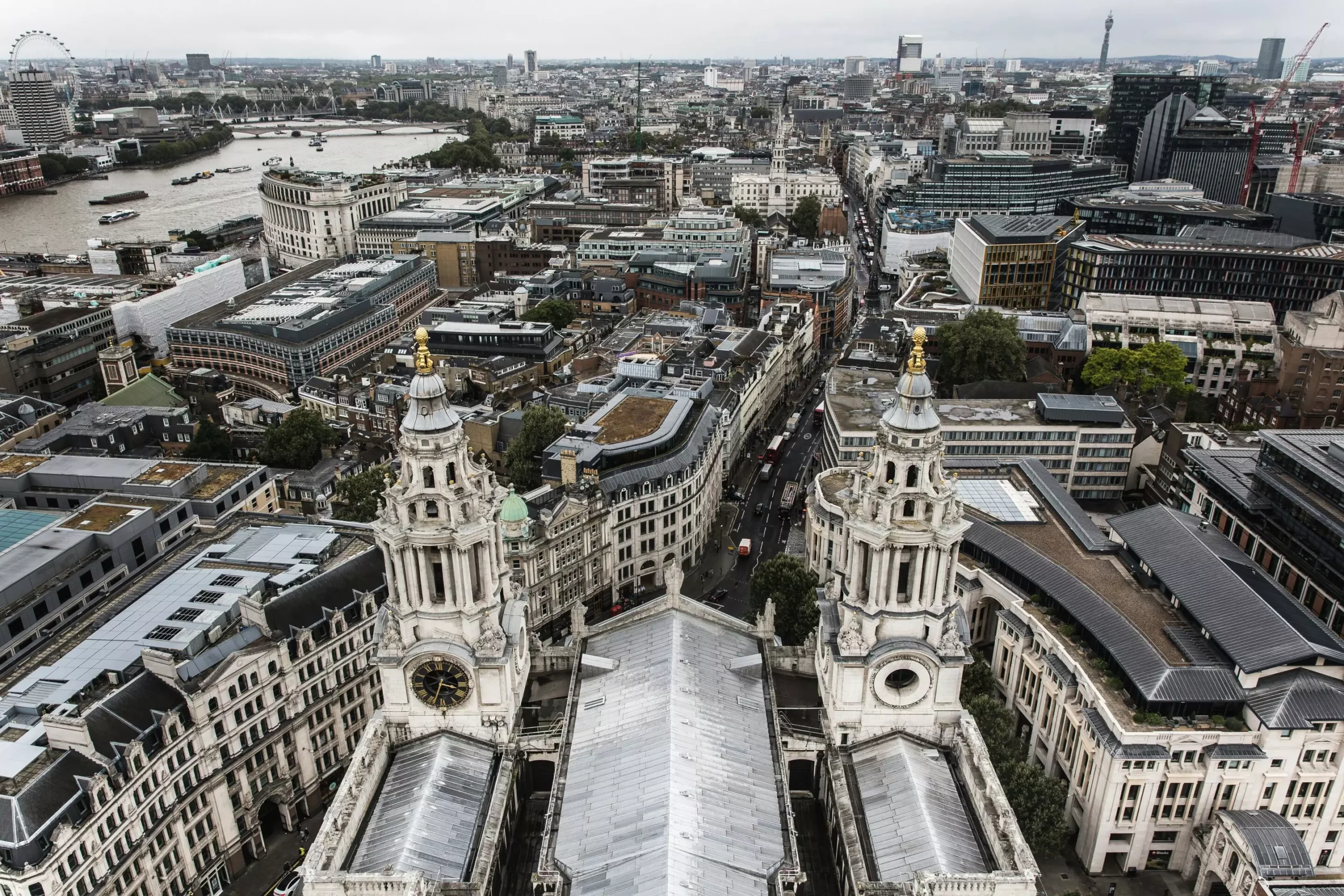The summer of 2018 marked a turning point in London’s climate narrative, thrusting the issues of urban heat and its human cost into sharp focus. With temperatures soaring to an average of 19.2 degrees Celsius—1.6 degrees above the historical mean—this summer was not just hot; it was a glaring reminder of the challenges posed by climate change. A recent study by researchers at University College London (UCL) and the University of Exeter reveals that a significant shift towards cool roofs could have drastically reduced the toll of this heatwave, potentially saving as many as 249 lives. The implications of these findings echo through discussions on climate adaptation strategies and the urgent need for sustainable urban planning.
Urban environments are notorious for their ability to trap heat, a phenomenon extensively examined in climate studies. This “urban heat island” effect leaves metropolitan areas several degrees warmer than their rural counterparts. The 2018 summer showcased just how perilous this effect can be, as heat-related illnesses surged, culminating in a staggering 786 recorded fatalities. The UCL and Exeter study underscores the importance of mitigative measures in cities densely populated like London, where an overwhelming 83% of the population lives in urban settings.
Cool roofs, typically painted white or using reflective materials, offer a straightforward yet effective intervention against urban heating. The research indicates that had London widely adopted such roofs, the city could have experienced a temperature reduction of approximately 0.8 degrees Celsius during the sweltering months of June through August. This cooling effect has profound human implications: it could have prevented nearly one-third of the heat-related deaths attributed to that summer.
The study ingeniously deployed a complex three-dimensional computer model to simulate various roofing strategies in urban settings. By estimating temperature fluctuations and validating findings with actual temperature measurements from 2018, researchers established a definitive link between reflective roofing and reduced mortality rates. Such evidence underscores that urban infrastructure choices significantly impact public health outcomes.
Beyond the immediate threat to human life, the economic ramifications of heatwaves cannot be overlooked. The UCL study highlighted that the estimated 249 lives saved through the adoption of cool roofs could have reduced London’s economic burden by about £615 million. Similarly, the installation of rooftop solar panels—while cooling the city by 0.3 degrees Celsius—could have further mitigated expenses by saving approximately £237 million. These figures illuminate how proactive urban planning not only safeguards public health but also alleviates economic strain on city resources.
The research additionally explored the intersection of urban cooling and renewable energy. Had rooftops been outfitted with photovoltaic solar panels, London could have harnessed around 20 terawatt-hours (TWh) of electricity over that three-month period—an amount that exceeds the city’s total energy consumption for the entire year of 2018. This revelation emphasizes the dual benefits of sustainable architecture: reducing heat and generating renewable energy simultaneously.
Dr. Charles Simpson, the lead author of the study, emphasizes the importance of implementing cool roofs not only to mitigate urban heat but also to enhance the quality of life in London. As the climate changes unpredictably, cities must seek innovative solutions that address both immediate and long-term challenges.
The urgency for cities to adapt to climate change is magnified by the recorded heatwaves of recent years. This study reinforces the notion that simple strategies such as adopting cool roofs can have life-saving repercussions, highlighting an urgent need for policy shifts aimed at sustainable urban design. The findings advocate for greater investment in urban cooling technologies as a means to safeguard the populace against increasingly frequent and intense heat waves.
The lessons learned from London’s 2018 summer stand as a call to action for cities worldwide. The integration of cool roofs and renewable energy sources could chart a pathway toward a more resilient and sustainable urban future. As climate instability persists, the imperative to enact these changes grows clearer, underscoring that the decisions we make today will shape the livability of our cities for generations to come.

